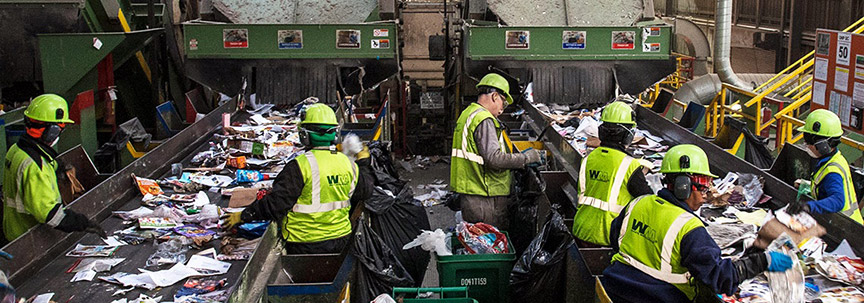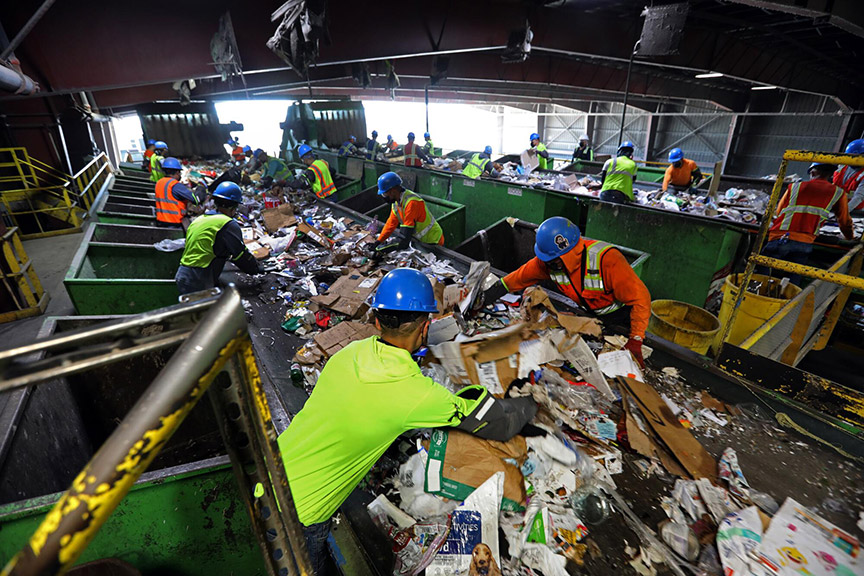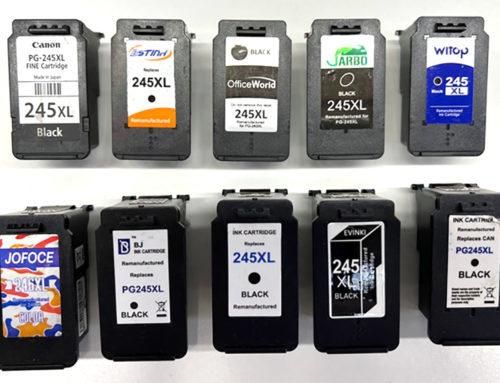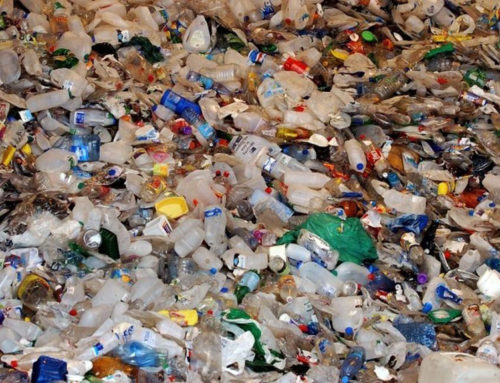California is taking significant strides toward enhancing its recycling infrastructure with the introduction of over 250 new recycling sites across 30 counties. These sites are part of a larger effort to make recycling more accessible and efficient for residents, especially in underserved areas. Funded by the state’s innovative recycling awards, this initiative is poised to revolutionize the way Californians manage their waste and contribute to environmental sustainability.
Understanding the New Recycling Sites
The new recycling sites will include a variety of dynamic solutions, such as reverse vending machines, mobile recycling units, and bag-drop locations. These methods are designed to accommodate different community needs and lifestyles, making it easier for consumers to redeem their empty beverage containers. The deployment of these sites in underserved counties like Butte, Imperial, Mendocino, Merced, and Modoc ensures that even the most remote areas have access to convenient recycling options.
Why These Sites Are Important
Recycling is a critical component of California’s broader environmental strategy. By increasing the number of redemption sites, the state is addressing several key issues:
- Accessibility: Many Californians live in areas with limited or no access to recycling centers. These new sites will bridge that gap, allowing more people to participate in recycling efforts.
- Convenience: The introduction of reverse vending machines and mobile units means that consumers can now recycle with minimal effort. This convenience is expected to increase participation rates and reduce the volume of recyclable materials ending up in landfills.
- Innovation: California is leading the way in recycling innovation. The use of advanced technologies in these new sites not only makes recycling easier but also more efficient, ensuring that a higher percentage of materials are properly processed and reused.
- Environmental Impact: By making recycling more accessible and efficient, California is taking a significant step toward reducing its environmental footprint. This initiative supports the state’s goals of minimizing waste, cutting greenhouse gas emissions, and conserving natural resources.

Maximizing the Potential of Recycling Sites
For these new recycling sites to achieve their full potential, it’s crucial for consumers to engage actively and responsibly. Here’s how you can help ensure these sites are a success:
- Educate Yourself: Understand what materials are accepted at your local recycling site. Not all items are recyclable, and contamination can reduce the efficiency of the recycling process. Learn the specifics of what can and cannot be recycled to avoid contamination.
- Utilize New Technologies: Take advantage of the reverse vending machines and mobile units. These technologies are designed to streamline the recycling process and reward you for your efforts. By using these innovative methods, you can contribute to the success of the program and help drive its expansion.
- Spread the Word: Encourage friends, family, and neighbors to participate in the recycling program. The more people who get involved, the more successful these sites will be. Community involvement is key to maximizing the environmental benefits of these new recycling opportunities.
- Support Legislation and Programs: Stay informed about state and local recycling programs and support legislation that promotes sustainability. California’s recent reforms, such as the Plastic Pollution Prevention and Packaging Producer Responsibility Act (SB 54), are designed to reduce waste and improve recycling practices. By staying engaged with these efforts, you can help advocate for continued improvements.
The Bigger Picture
These new recycling sites are just one part of California’s broader initiative to reform its waste management and recycling systems. The state has already made significant progress, including allowing the redemption of a wider range of beverage containers and introducing retailer takeback rules that will further expand recycling options. Additionally, California’s investment in infrastructure and innovation, through grants like the Beverage Container Quality Infrastructure and Reusable Beverage Container Recycling Infrastructure, is setting a national example for environmental stewardship.
California is also tackling the issue of plastic pollution head-on. Earlier this year, the state released draft regulations for the Plastic Pollution Prevention and Packaging Producer Responsibility Act, a groundbreaking law requiring producers to reduce single-use plastic waste and ensure that their product packaging is either recyclable or compostable. These efforts are all part of a comprehensive strategy to create a more sustainable future.






